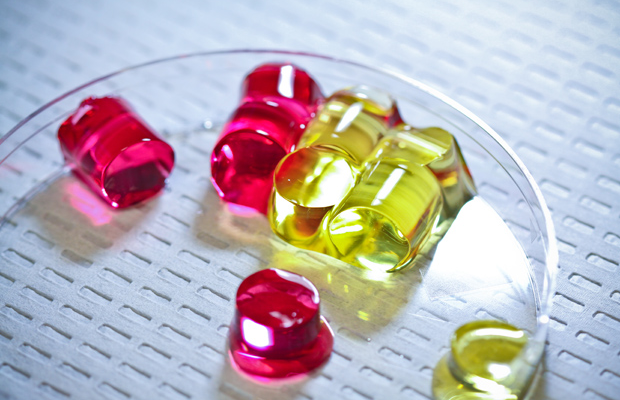Researchers from Tel Aviv University (TAU), in collaboration with the University of Michigan Ann Arbor in the US, have developed a hydrogel that can serve as a cell-free, bio-mimetic, immunomodulatory scaffold for bone regeneration.

The reconstruction of bone defects that cannot heal spontaneously, i.e. critical-sized bone defects, remains a huge clinical challenge. These defects can occur as a result of trauma, inflammation, or following bone tumor resections. Although autogenic, allogeneic, and xenogeneic bone materials have been widely used to treat such defects, they have potential limitations such as donor site morbidity, potential immunogenicities, and disease transmission risk.
Although the tissue engineering approach has emerged as a promising tool for dealing with the above-mentioned issues, it still involves ex vivo cell manipulation, which has the potential to evoke immunogenic and carcinogenic responses. A possible solution to this is developing cell-free scaffolds that can use the recipient's endogenous cells for in situ tissue regeneration. This can eliminate the need for exogenous cells.
Such scaffolds are intended to mimic the natural extracellular matrix (ECM) ability to effectively recruit host cells to the defect site while also providing structural support for the recruited cells to promote angiogenesis and osteogenesis.
As cell-ingrowth scaffolds for tissue engineering and bone regeneration, hydrogels are of particular interest because they provide a three-dimensional (3D) network for cell attachment and growth.
Particularly, due to their high biocompatibility, biodegradability, low immunogenicity, and abundance in nature, naturally occurring polysaccharides such as hyaluronic acid (HA), alginate (Alg), and chitosan have attracted a great deal of attention.
However, due to unfavorable mechanical characteristics and a rapid rate of degradation, their utility has been severely constrained. Polysaccharides are frequently chemically cross-linked to address these issues. Integrating self-assembling short peptide hydrogelators with polysaccharides is an alternative strategy for strengthening them, resulting in composite hydrogels with enhanced and controllable mechanical properties.
Overall, the in vitro and in vivo results demonstrate an osteo-regenerative effect of the FmocFF/HA hydrogel. Incorporating the self-assembling peptide, FmocFF, into the HA matrix resulted in forming of a stiff fibrous hydrogel with a storage modulus value that has been reported as beneficial for promoting bone regeneration without the need for inorganic bone ceramics for reinforcement.

In vivo, 8 weeks after implantation into a rat calvarial critical-sized bone defect, the hydrogel induced bone formation of approximately 95% of the original volume, two-fold higher than seen either in unfilled defects or in defects filled with a xenogenic bone graft. The scaffold not only induced bone deposition from the defect margins but also created bony islets in the central part of the defect. These two patterns of bone formation resulted in the complete restoration of the original thickness of the calvaria and its original bone density.

It can be surmised that the hydrogel served as a 3D matrix that maintained the space over time and was then gradually degraded while promoting the host's natural bone healing process by modulating the local immune environment in favour of angiogenesis, osteogenesis and the osteointegration of the implanted hydrogel.
Finally, its simple production, relatively low cost, and ease of handling and delivery, both as an injectable hydrogel and as a custom-made construct, demonstrate its potential for use in various clinical applications in bone regenerative medicine.
Reference: 1. https://onlinelibrary.wiley.com/doi/10.1111/jcpe.13725




















Comments